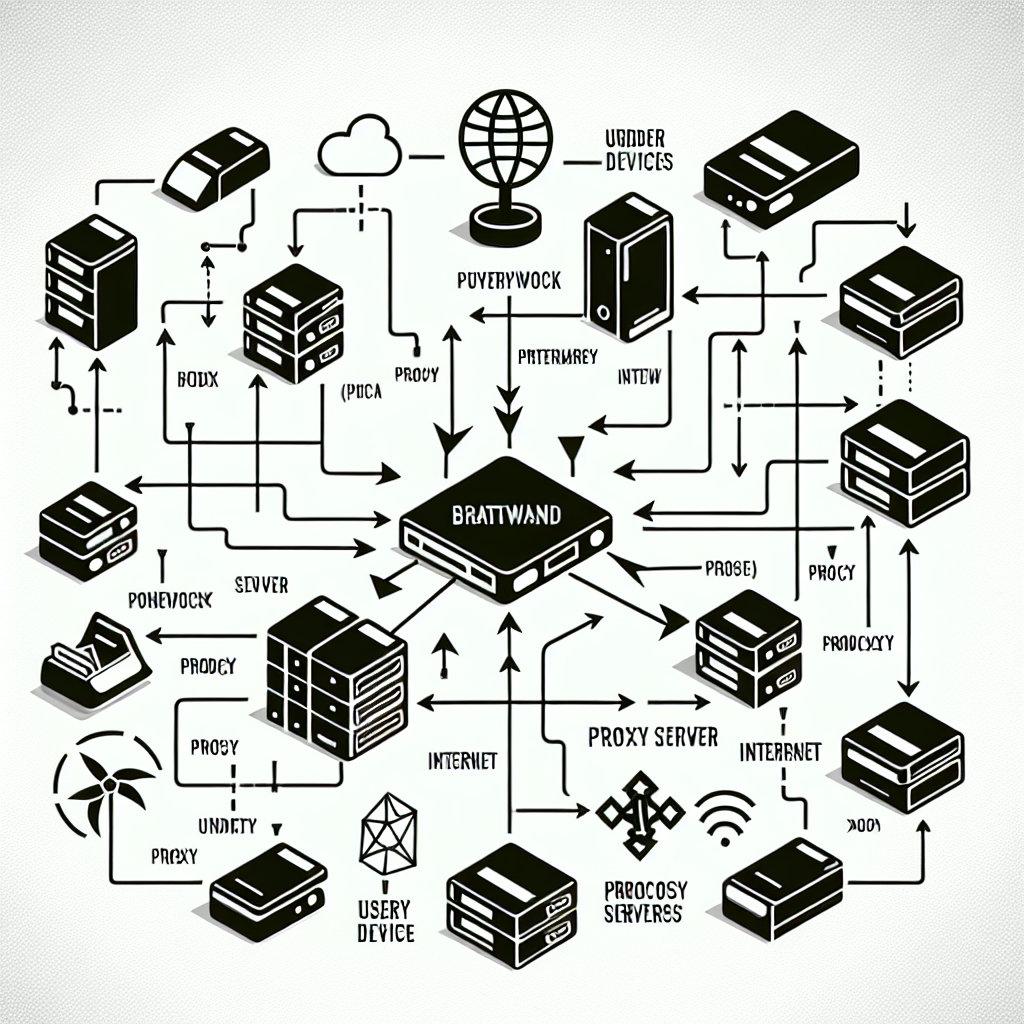Understanding Bandwidth in the Context of Proxy Usage
Ah, bandwidth—the oft-misunderstood concept that dances around the digital world like a shy child at a school dance. In the realm of proxy usage, bandwidth is a crucial player, one that can make or break your online experience. Let’s embark on this journey to demystify bandwidth, its workings, its importance, and finally, we’ll wrap it up with an everyday example that even the most novice of internet users can appreciate.
What is Bandwidth?
At its core, bandwidth refers to the maximum rate of data transfer across a network. Think of it as the width of a highway: the wider the highway (or the more bandwidth you have), the more cars (or data) can travel at once without causing a traffic jam. Bandwidth is typically measured in bits per second (bps), and in the context of proxies, it’s the amount of data that can flow between your device and the proxy server in a given time frame.
How Does It Work?
Imagine you’re at a restaurant with a menu as thick as a novel. You place an order, and the waiter (our proxy server) takes it to the kitchen (the internet). Now, if the restaurant is packed and the waiters are overwhelmed, your food (data) takes longer to arrive. Conversely, if the restaurant is well-staffed and the kitchen is efficient, your meal comes out in a flash.
In technical terms, when you use a proxy, your requests (like web pages or videos) are sent to the proxy server first. The server then retrieves the requested data from the internet and sends it back to you. The bandwidth of this proxy server determines how quickly and efficiently this data can be transmitted. If the bandwidth is low, you might experience slow loading times or interruptions—like waiting for your order while the waiter tries to juggle five other tasks at once.
Why Is It Important for Proxy Users?
Now, why should you care about bandwidth if you’re using a proxy? Here’s the crux: your online activities—whether streaming videos, browsing websites, or downloading files—are heavily dependent on the available bandwidth. If you’re using a proxy with limited bandwidth, you might find yourself staring at a loading screen longer than you’d like.
Higher bandwidth means smoother streaming, quicker downloads, and an overall better experience. It’s particularly vital for tasks that consume a lot of data, such as watching high-definition videos or playing online games. In essence, bandwidth is the lifeblood of your online interactions through a proxy.
A Simple, Real-World Example
Let’s say you’re using a proxy to watch your favorite show on a streaming service. When you hit play, the proxy server must retrieve the video data from the streaming service and send it to you.
-
High Bandwidth Scenario: If you’re using a proxy with high bandwidth, the video loads quickly, and you can enjoy your show without interruptions—like a well-oiled machine delivering your food hot and fresh.
-
Low Bandwidth Scenario: However, if the proxy’s bandwidth is low, you might find yourself facing buffering messages, or worse, that dreaded spinning wheel of despair. It’s akin to the waiter forgetting your order because he’s too busy serving other tables.
In conclusion, understanding bandwidth in the context of proxy usage is akin to knowing the capacity of a vessel before filling it with water. The larger the vessel (or the higher the bandwidth), the more data you can enjoy seamlessly. So, the next time you experience lag while using a proxy, remember that bandwidth is the unsung hero—or villain—of your online adventures. With the right bandwidth, your digital experiences can flow as smoothly as a well-rehearsed symphony.

Comments (0)
There are no comments here yet, you can be the first!